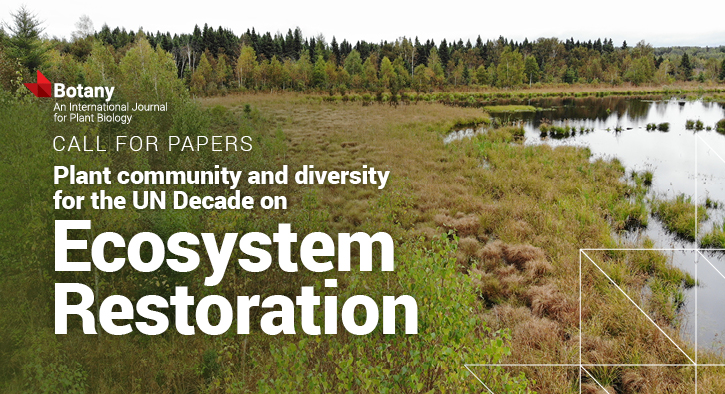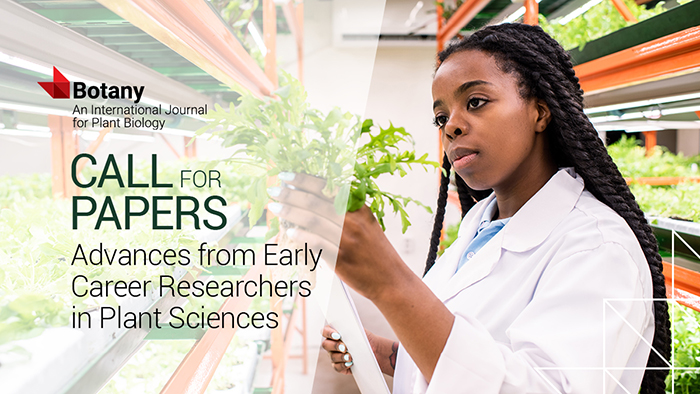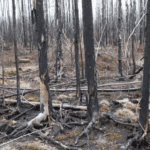Congratulations, Dr. Hepworth, on becoming co-Editor-in-Chief of Botany! I wonder if we could start by talking about your scientific interests. How did you become interested in plant development?
Thank you! That’s a great question. I have to credit my dad, who took our family on long walks through forests and bogs as kids. He was an avid photographer. Every few yards, he’d spot something with a long Latin name and we’d stop to take a picture. This was way before digital cameras! He’d get out his tripod, fiddle to position it in just the right place, and then we’d wait for the wind to stop blowing or a cloud to pass so the shot was perfect. To pass the time, we explored! I studied a lot of plants that way.
My interest in plants surfaced years later. I didn’t consider them until the end of my Ph.D. I had been studying a simple developmental program in budding yeast that coordinated meiosis with spore development. The yeast that I was studying, Saccharomyces cerevisiae, was the first eukaryotic organism to have its genome sequenced. It had a dramatic impact on the way we did research. A genome project for the model plant, Arabidopsis thaliana, was underway. Arabidopsis researchers were using all the same genetic tools developed in yeast, and I could use these tools to study development in plants. I decided to study flowering time. It was at that moment that I realized the great influence of my father on my scientific journey.








